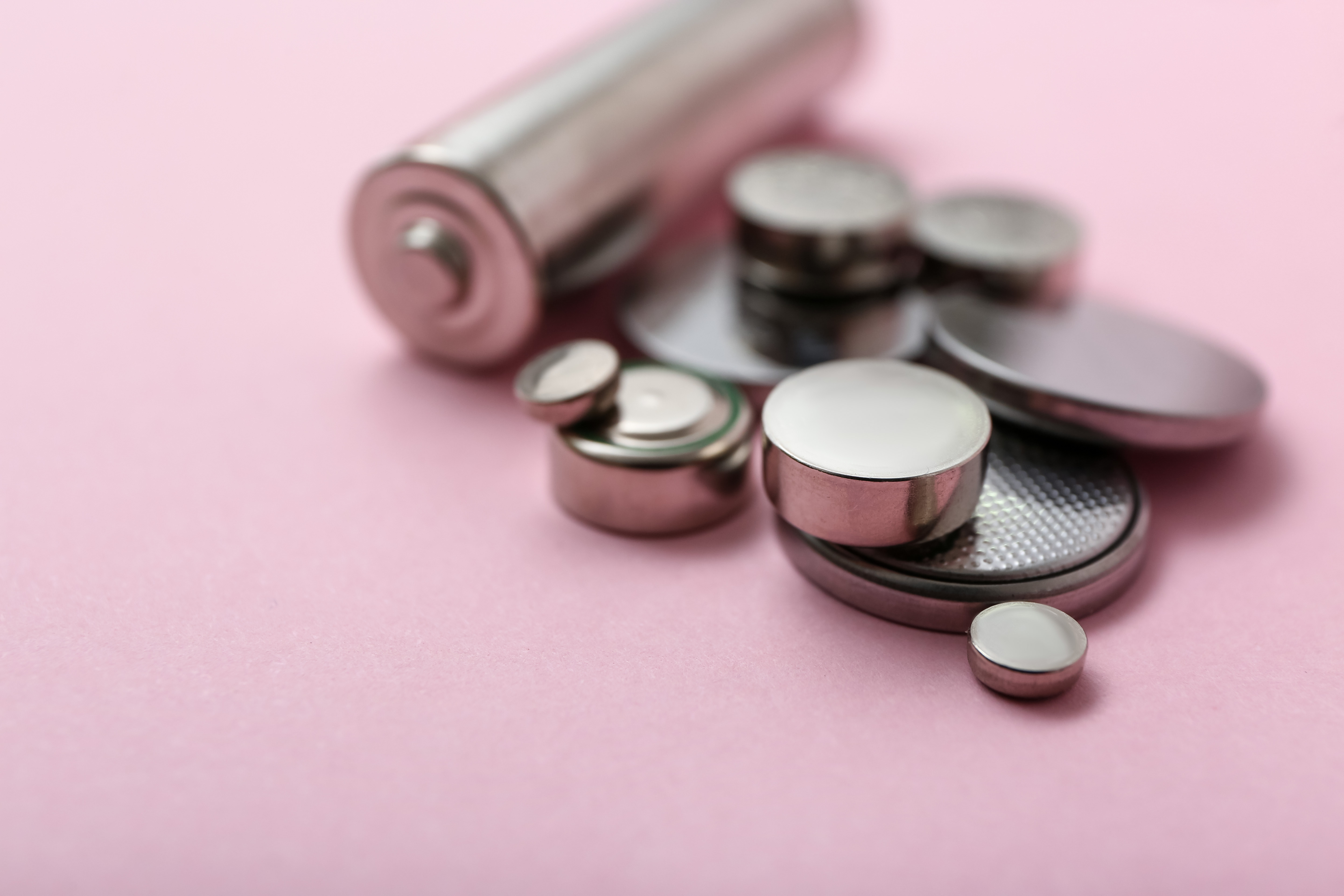Update: CPSC Publishes Final Rule for Button and Coin Cell Batteries in Consumer Products
 September 25, 2023 | As required by Reese’s Law, the U.S. Consumer Product Safety Commission (CPSC) published a final rule on September 21, 2023 with provisions outlined for button and coin cell batteries found in common household products. While toys are specifically exempt from Reese’s Law since they are already covered by ASTM F963, these changes will affect products that are outside of the scope of toys made for children under age 14.
September 25, 2023 | As required by Reese’s Law, the U.S. Consumer Product Safety Commission (CPSC) published a final rule on September 21, 2023 with provisions outlined for button and coin cell batteries found in common household products. While toys are specifically exempt from Reese’s Law since they are already covered by ASTM F963, these changes will affect products that are outside of the scope of toys made for children under age 14.
The final rule consists of two Federal Register notices: one incorporating the 2023 version of the voluntary standard UL 4200A as the federal mandatory rule (the adoption of 16 CFR 1263), and the other introducing additional packaging requirements for button and coin batteries not covered by UL 4200A.
Implementation Timeline:
- October 23, 2023
- The effective date of 16 CFR 1263, unless the CPSC receives and accepts “significant adverse comments” by October 5, 2023.
- The official compliance date for all products manufactured in or imported into the U.S., however the CPSC is adopting a 180 day enforcement discretion period that expires on March 19, 2024.
- December 20, 2023: Effective date of third-party testing and certification of (non-toy) children’s products.
- September 21, 2024: Effective date for the packaging of button or coin cell batteries.
What You Need to Know
- Toy Exemption: Any product designed, manufactured, or marketed as a plaything for children under 14 years old that is in compliance with ASTM F963 is exempt. If manufacturers have products age graded 14+ or older, the products will need to comply with the new requirements and will not fall under the exemption for toys listed in 16 CFR 1263.
- Extensive physical & mechanical test requirements: UL 4200A was recently amended to incorporate the CPSC’s proposed test requirements, which collected the most stringent individual tests that could be found in available standards and determining these to be the levels that CPSC would consider “adequate” to address safety requirements.
- Non-Toy Children’s Products: The Children’s Product Certificate (CPC) will need to include third-party testing to 16 CFR 1263.
- Non-Toy General Products: These items will need to meet the requirements of 16 CFR 1263 and a General Certificate of Conformity (GCC), based on testing/self-certification, will need to be generated for these product types.
- On-Product Labeling: UL 4200A includes a requirement for on-product labeling on the "product display panel," defined as the surface area near or in the battery compartment. This definition is vague and open to misinterpretation, and could potentially necessitate internal labeling for products with non-replaceable batteries.
- Packaging and instructional labeling: Although there are some technical improvements from the original proposals, including some that were made as a result of comments submitted by The Toy Association after the original Notice of Proposed Rulemaking (NPR), the requirements are onerous and overly large and will require significant changes to the layout and supply of packaging and instructions.
“These requirements represent significant changes to the physical products, as well as their packaging and supporting instructional literature, and they will be a challenge to address in the 180-day window that the CPSC envisages to be sufficient for implementation,” said Jos Huxley, senior vice president of technical affairs at The Toy Association™. “This timeline decision was made by the Commission despite the numerous comments received from the NPR that explained the reality of the supply chain for consumer products, as well as the CPSC staff’s own recommendation for an 18-month enforcement discretion period.”
The Toy Association will continue to review the final rule and will alert members of any new developments.
Questions from members may be directed to The Toy Association’s Jos Huxley, senior vice president of technical affairs.
Click here to read The Toy Association’s official statement on button cell batteries.